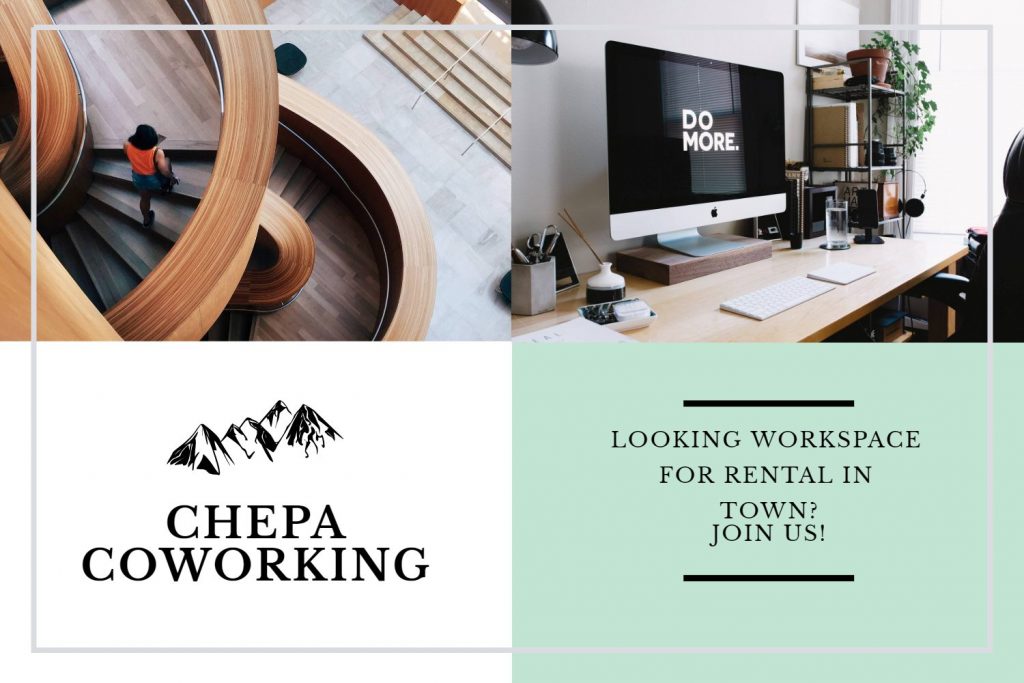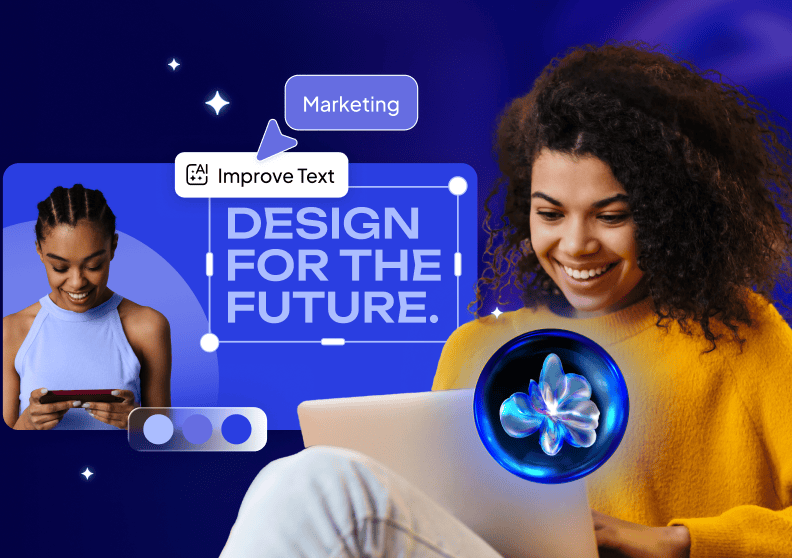7 Key Principles of Minimalist Graphic Design
Minimalist graphic design has taken the world by storm. As the cliche popular saying goes, “less is more”, certainly stands true when it comes to elements of minimalism. When talking about minimalism as a design movement, it is still a relatively new concept, having only come into its own in the late 1960s and early 1970s, particularly with American visual art.
In its bare-bones definition, minimalism is about graphic designers expressing their views using only the most essential elements of a product or subject. This is accomplished by getting rid of any excess and, therefore, unnecessary components and features.
Why Do You Need Minimalistic Designs?
Minimalistic designs have become quite a hot topic. Revolving around the trendy buzzword, minimalistic, this art movement comes with a horde of benefits. With minimal designs, you’ll be able to convey information to your audience with ease. Moreover, with fewer elements in the designs themselves, web pages have a significantly faster loading time.
Responsive websites translate to a better customer experience, and in today’s post-COVID day and age, an unsatisfactory online experience can be a deal-breaker. Minimalism also integrates better with SEO. In case you’re wondering, SEO (Search Engine Optimization) increases the probability of your website appearing in search results. After all, a minimalist web design is easy to crawl, and index by search engines and makes it easier to optimize your branded website.
With all these advantages, it’s no wonder that everyone’s using minimalist graphic designs to ensure that they claim the catbird seat!
7 Key Principles of Minimalist Design
1. Simplicity
Sounds obvious, doesn’t it? When it comes to the minimalism philosophy, simplicity is paramount. Thus, minimalism necessitates that the graphic design is kept simple and that designers avoid incorporating too many graphic elements into the design project.
For example, limiting the font choice to a maximum of two fonts, using a relaxed and short color palette, and only putting necessary information into the design itself. This also makes it easier to choose the right colors for your brand.
Simplify your socials and try these Instagram templates
2. Focus on Functionality
Minimalism prioritizes functionality. By assimilating minimalism into graphic design, designers are directed to focus on accessibility over the aesthetic, over the top appeal.
With minimalist graphic design, each element is placed purposefully with a goal in mind. Here’s a simple check: If an element of your graphic design doesn’t aid your agenda, it doesn’t belong in there!

Get into the trend and give your business card the edge with colorful minimal templates
3. Visual Hierarchy
When it comes to minimalist graphic design, you want your audience to immediately grasp the information being transmitted.
Therefore, a crucial aspect of minimal design patterns is to follow the visual hierarchical principles: organize the information and lead the viewer’s eye in the direction you want, such that the first thing they see is the focal point-i.e. the main information being relayed.
Play around with different design components on Desygner such as typography, color, and color contrast composition to make the most of visual hierarchy!
4. Be Punctilious With Proportions
Proportions, proportions, proportions. Something a graphic designer normally wouldn’t even bat an eye toward becomes a glaring issue when it comes to minimalistic graphic design. The reason? There are barely any design elements to cover up your mistakes!
That’s why we recommend using grids in your design project, allowing you to easily organize all the elements on a graphic layout and make it easier for the viewer to identify the central information.

5. Selecting Simple Typefaces
The importance of font faces and typography can not be emphasized enough. Important as they are in graphic design when it comes to minimalist graphic design, typography plays a pivotal role in relaying the message to your readers. As always, it’s important to remember that functionality should outweigh visual aesthetics, which is why you should opt for a readable font, and steer clear of oversaturated ones.
With minimalistic designs, big and bold fonts have become the norm, as they’re readable, and relay information well. With Desygner, you can easily choose a clean and straightforward font from a vast number of available fonts! Read our guide for beginners in Typography for more useful tips.

Build your brand library and upload your own fonts with Desygner
6. Negative Space
Negative space sounds a bit self-contradictory, doesn’t it? Let us help explain. Negative space is the blank area surrounding an image or text, which is then integrated into a certain design. It may sound odd, but we can play around with negative space ( yes, empty spaces), to make our graphic designs more appealing.
Negative space is a pivotal element of every minimalist graphic design project, and adding more blank space to our design makes it easier to highlight the cynosure of our design elements, making the message stand out even more.
7. Restrict Your Color Palette
It’s a general misconception that with minimalistic graphic design, your color palette is limited to monotone. However, that’s not exactly the case.
The key point to note here is that a color selected should be meaningful- either by staying consistent with your brand’s color scheme or by referring to color theory.
In fact, you can even opt for two, or in some rare cases, three colors! At the end of the day, however, it’s all about seeing what works best for your needs and requirements. Trial and error it is!

Use a color mood board to put together a color palette from your inspiration
Less is More
“Less is more” is quite a self-explanatory statement, is it not?
When it comes to minimalism, a rule of thumb is to focus solely on important elements: avoid using any over-the-top decoration and excessive design elements.
Simply keep on removing elements that do not add value to your design project. Eventually, you’ll reach a point where you’ll be left with only the important elements of your design, which you can then play around with to make a standout minimalist graphic design!
Take a look at these examples of minimal website designs to have a better idea of how these principles can be implemented in real-world scenarios. You can get plenty of ideas for your own designs by taking a look at existing websites out there.
Ending Notes
With the growing trend and popularity of minimalistic design, you can easily employ Desygner wherever you’d like. Whether you’re planning to design a new logo for your brand, improve customer satisfaction with muted gradient packaging, or even increase your online engagement using the social media post maker, Desygner is a one-stop solution for all of your needs! Check out our free design apps!
To remain updated with the latest trends in graphic designs, follow Desygner on the latest social media platforms such as Facebook, Instagram, LinkedIn, and Youtube today!









